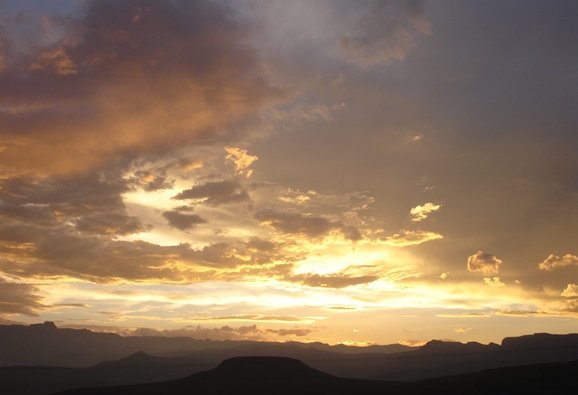Clouds, the prospect of rain

Author: Ivan Lätti
Photographer: Judd Kirkel Welwitch
Although the earth has such a vast covering of water, it is the smaller freshwater resource that is key to the life of terrestrial organisms, from microbes to trees. Rain is the sustainer of ecosystems on land. In people’s eyes they themselves are the key species among all these terrestrial organisms, so rain is also their hero, albeit a mostly unsung one. Rain is generally welcomed by farmers, though less so at harvest time. Also by many other people, except when the cricket or the tennis is on, or the wedding is outdoors.
Freshwater lakes and underground water get replenished by rain. This is the pulse of life on earth, the hydrological cycle without which life would disappear, as possibly happened on Mars. This cycle transports water from ocean to land and back again: Precipitation comes about by moisture carried over land by wind, followed by condensation forming clouds that deliver the rain. Much of rainwater seeps into the ground, where it is collected in aquifers stored among permeable or fractured rock, silt, gravel and sand. Rivers return the run-off to the sea, the cycle continuing.
Forest, grassland and diverse other “dry land” parts get variable shares of precipitation, regulated by geographical, climatic and seasonal features of the earth. The unevenness of the water distribution allows for longer lists of organisms being sustained on the biodiverse planet. Nature hedges its bets by producing plants and animals adapted to various levels of water availability. The wider the range of adapted, extant species, the stronger life’s chances of keeping something hanging in during downturn times of climate harshness (Wikipedia; https://www.sciencing.com).

